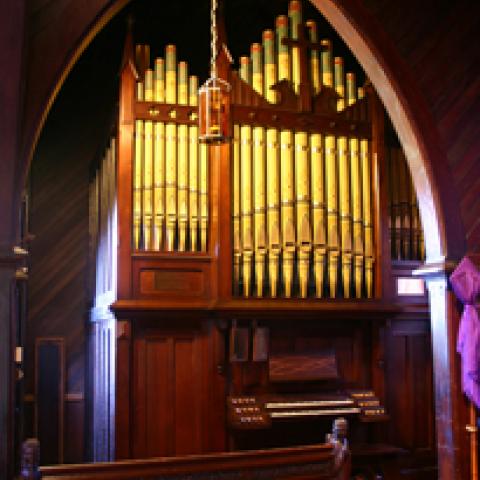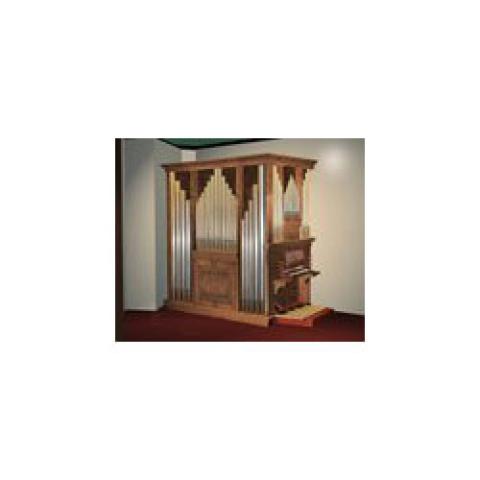
St. Mary Star of the Sea Catholic Church, San Francisco, California, will be the new home to an 1889 Woodberry & Harris organ, originally installed in First Universalist Church, Melrose, Massachusetts.
When the Universalist church merged with another congregation in 1978, the two-manual, 12-rank, mechanical-action organ was restored by Manuel Rosales and installed in Avalon Community Church on Santa Catalina Island, California. In the mid-1990s, the organ was again moved to Pacific Lutheran Theological Seminary, Berkeley, California.
For the organ’s new home at St. Mary Star of the Sea, the façade will be reconfigured to frame the rear balcony’s rose window. The work will be carried out by Hupalo & Repasky of San Leandro, California. For information: www.hupalorepasky.com.




